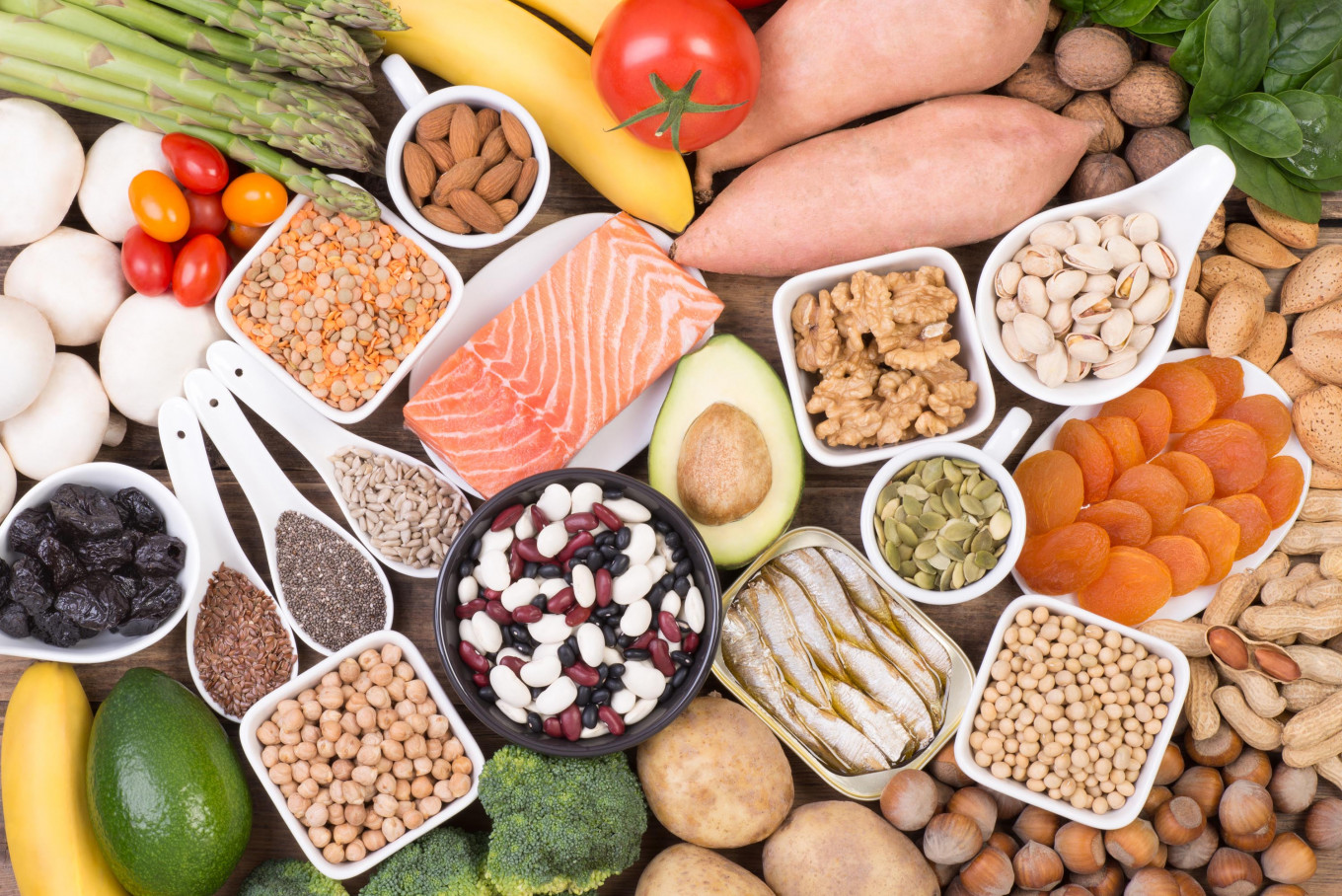Popular Reads
Top Results
Can't find what you're looking for?
View all search resultsPopular Reads
Top Results
Can't find what you're looking for?
View all search resultsAgrifood exports in ASEAN: Sanitary and phytosanitary measures
Free flow in agrifood trade in ASEAN has not yet been achieved, with key obstacles being non-tariff measures.
Change text size
Gift Premium Articles
to Anyone
M
arket access is primarily conceived in terms of the removal of tariff barriers to trade, and in that sense, ASEAN has been remarkably successful in negotiating tariffs downward over the past two decades.
However, free flow in agrifood trade in ASEAN has not yet been achieved, with key obstacles being non-tariff measures (NTMs), including regulatory instruments such as sanitary and phytosanitary (SPS) measure as well as import licenses and testing and certification requirements.
NTMs affect producers, importers and exporters alike by increasing information, compliance and procedural costs. ASEAN has been implementing a work program to reduce the trade-distorting effects of NTMs on agrifood trade for more than a decade under the ASEAN Framework Agreement for the Integration of Priority Sectors signed in 2004.
The global NTM database reveals that NTMs on agrifood trade in ASEAN’s priority sectors rose from 434 measures in 2000 to 1,192 measures in 2010 and to 2,181 measures in 2019. SPS measures are the largest component, accounting for about half of total NTMs. The top five member states with large number of SPS measures are Thailand (282), the Philippines (150), Indonesia (144), Malaysia (88), and Vietnam (83).
These measures have largely been driven by non-trade policy considerations such as consumer concern for product quality and safety. The proliferation of NTMs, especially SPS measures, has added to the complexity of the cost-benefit analysis used to justify the elimination of non-tariff barriers. This involves assessments of costs, benefits, and risks on human, animal and plant’s health, from experts in sectors such as economics, agriculture and healthcare/food safety.
I calculate ‘exposure to SPS measures’ to gauge the extent to which member states face SPS-related barriers to their agrifood exports to ASEAN markets. The score is calculated by multiplying the share of bilateral exports in agrifood products with the ad valorem equivalents (AVEs) of SPS measures on imports for such products in the importing countries. The AVE of an SPS measure on agrifood imports is the rate of an ad valorem tariff that would reduce imports of those products by the same amount as the SPS measure.
First, the price-raising effects of SPS measures on agrifood imports – measured by AVEs of SPS measures – vary across member states. The top five member states severely affected by SPS measures are Vietnam (16.6 percent), Myanmar (12.1 percent), Laos (11.9 percent), Thailand (11.7 percent), and Singapore (11.3 percent). For instance, SPS measures pushed prices of imported agrifood products upward by 16.6 percent in Vietnam, 11.9 percent in Laos and 11.3 percent in Singapore.
In contrast, the impact of SPS measures on agrifood imports is relatively low in the Philippines (3.7 percent), Indonesia (7.6 percent), Cambodia (7.6 percent), Malaysia (8.8 percent) and Brunei (8.9 percent). Higher prices of imported agrifood products reduce demand for those products exported by other member states.
Second, five member states export at least 20 percent of their total exports in agrifood products within ASEAN. These are Cambodia (71 percent of total exports), Singapore (40.5 percent), Laos (39.8 percent), Brunei (32.3 percent) and Myanmar (26.5 percent). The remaining member states export most of their agrifood products to countries outside the region.
Regardless of the intra-ASEAN export share in their total exports, all member states’ agrifood exports are concentrated to a few markets. For instance, 69 percent of Cambodia’s agrifood exports went to Malaysia while Indonesia’s mainly went to Malaysia and Vietnam. The concentration of agrifood exports to markets with high AVEs of SPS measures can substantially reduce agrifood trade in the region.
Third, agrifood exports from five member states have very high potential exposures to SPS measures imposed on imported agrifood products by other member state governments. These are Brunei, Cambodia, Laos, Myanmar and Singapore, all of which have an exposure score greater than 50. This is the consequence of the high export concentration or high AVEs of SPS measures in the intra-ASEAN market, or both.
For instance, Cambodia exported about 69 percent of its total agrifood exports to Malaysia, which has SPS measures of 8.8 percent. This results in an exposure score of 509.5 (69 x 8.8), meaning that Cambodia suffers very high exposure to SPS measures imposed by Malaysia. At the same time, Cambodian agrifood exports to other markets with higher AVE of SPS measures such as Thailand or Vietnam, suffer an even higher exposure score for Cambodia resulting in reduced exports on its part.
The results suggest a need to accelerate NTM reforms at the regional and domestic levels. Trade costs tend to increase with the proliferation of NTMs. The rise of SPS measures and other market access conditions reflect differences in development, diverse procedural traditions in issuing and enacting regulations, and dissimilar protection levels.
The regulatory diversity in ASEAN may also entail significant costs hindering agrifood trade. The maintenance of unnecessary burdensome NTMs can result in additional negative policy impacts such as higher transaction costs stemming from information asymmetries across member states.
Divergent regulatory requirements can also lead to costly duplication in product development, manufacturing, and testing – obstacles that affect small and medium-sized enterprises most. Such fixed costs can be a key determinant in their decision to export or invest.
***
The writer is lead researcher (Economics) at the ASEAN Studies Centre, ISEAS – Yusof Ishak Institute.










